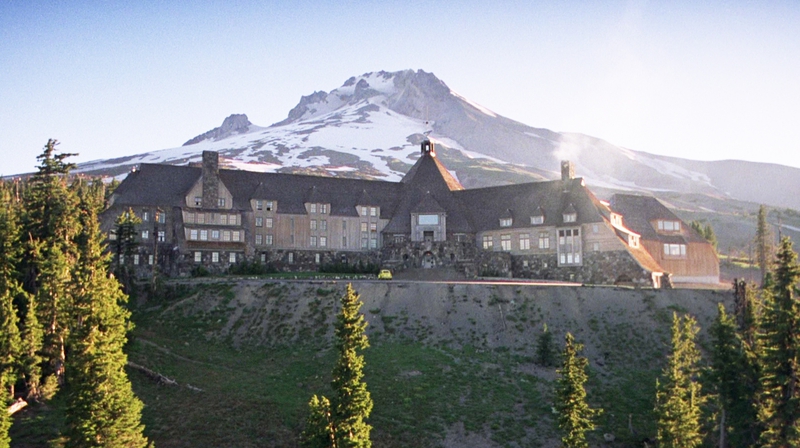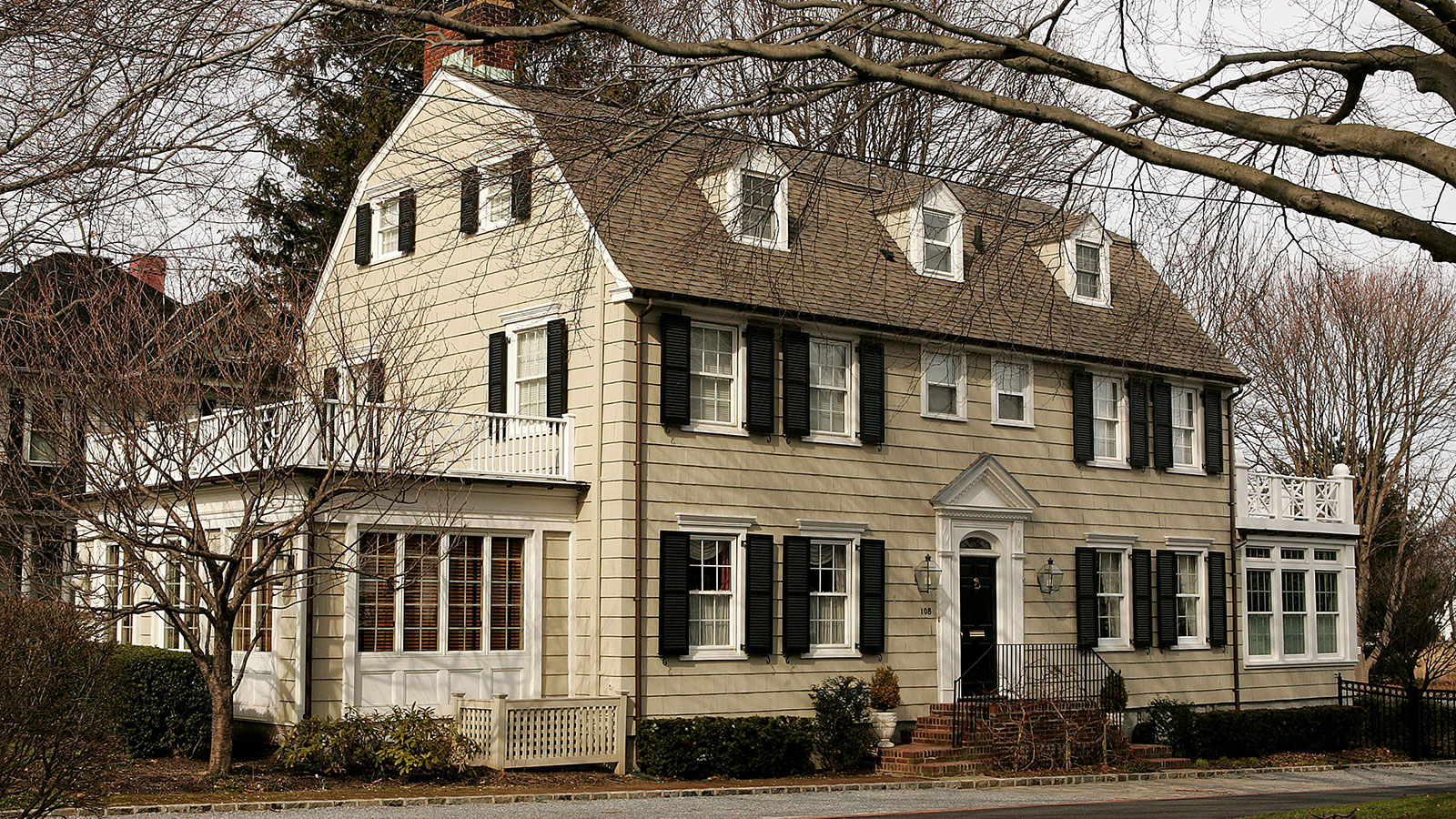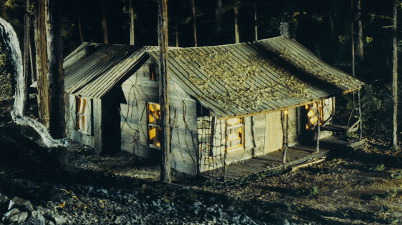Behind the spine-chilling scenes of your favorite horror movies lies a world of real-life properties that have become iconic in the realm of cinema. From sinister mansions to eerie cabins in the woods, these locations have served as the haunting backdrop for some of the most terrifying moments in film history. In this article, we will journey into the real-life properties where iconic scary movies were filmed, exploring their filming locations and their significance in the film industry.
Bates Mansion from “Psycho” (1960)

Let’s begin our tour with the Bates Mansion, an architectural marvel that became the centerpiece of Alfred Hitchcock’s masterpiece, “Psycho.” Located on the Universal Studios lot in Hollywood, the Bates Mansion has become a symbol of psychological horror. Its significance in the film industry lies in Hitchcock’s revolutionary use of the property, transforming it into a character itself, evoking fear and suspense that lingers long after the movie ends.
The Overlook Hotel from “The Shining” (1980)

Nestled deep in the heart of Colorado’s Rocky Mountains, the Timberline Lodge served as the exterior for the infamous Overlook Hotel in Stanley Kubrick’s adaptation of Stephen King’s “The Shining.” This grand hotel, with its imposing façade and breathtaking mountainous surroundings, became a character in its own right. Its significance lies in how it showcased the isolation and madness that engulfed the film’s protagonist, making it one of the most memorable horror movie locations in cinematic history.
The Myers House from “Halloween” (1978)

In the quiet town of South Pasadena, California, stands the Myers House, an unassuming suburban residence that gained cinematic notoriety as the childhood home of Michael Myers in John Carpenter’s “Halloween.” Its significance lies in its portrayal of everyday suburban life turned into a nightmare, setting the stage for countless slasher films that followed.
The Amityville Horror House from “The Amityville Horror” (1979)

Situated at 112 Ocean Avenue in Amityville, New York, the Amityville Horror House became the focal point of terrifying supernatural events portrayed in the film adaptation of Jay Anson’s novel. The real-life significance of this property lies in the infamous haunting that allegedly occurred there in 1974, captivating the public’s imagination and inspiring books and movies that have become horror classics.
The Cabin from “The Evil Dead” (1981)

Deep within the dense forests of Morristown, Tennessee, is the iconic cabin that served as the setting for Sam Raimi’s cult classic, “The Evil Dead.” This remote location added a palpable sense of isolation and dread to the film. The significance of this property in the film industry lies in its influence on the horror genre, setting the template for countless cabin-in-the-woods horror movies that followed.
Conclusion
These real-life properties have become immortalized in the annals of horror cinema, their significance extending far beyond the screen. They remind us of the power of location in creating an atmosphere of fear and tension, proving that the right setting can transform a movie into a bone-chilling experience. As horror enthusiasts continue to revisit these classic films, the homes that once housed the terrors of the silver screen will forever be etched in the minds of audiences, serving as a testament to the enduring legacy of horror movie homes in the film industry.
At CENTURY 21 Keim and CENTURY 21 Country Lake Homes, while we might not be able to find you a famous horror home from a movie, we’ll do our best to find you the RIGHT property! Call us at 610-969-7200, Email us at c21keim@gmail.com or visit us online at www.Century21Keim.com


 Facebook
Facebook
 X
X
 Pinterest
Pinterest
 Copy Link
Copy Link





